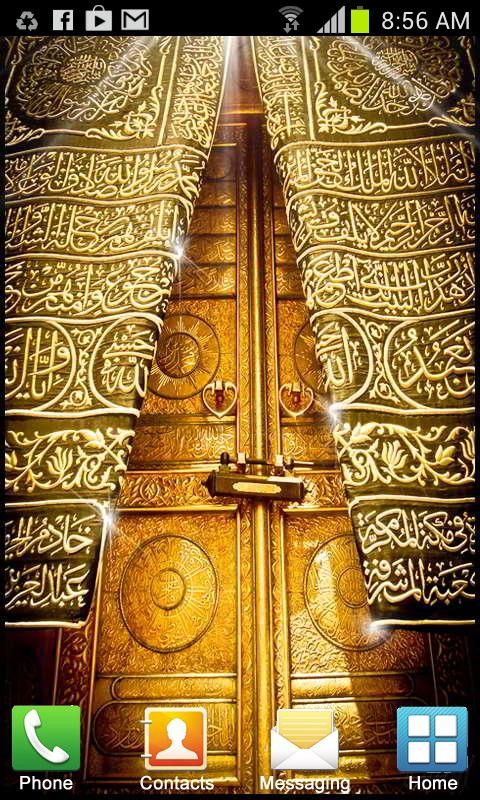
- #Setting presets simplify 3d update#
- #Setting presets simplify 3d manual#
- #Setting presets simplify 3d download#
Use the Project window to view and select Presets to edit in the Inspector A Unity window that displays information about the currently selected GameObject, asset or project settings, allowing you to inspect and edit the values. You can store Presets in the Assets folder of your project. The other components in the GameObjects are not affected the Preset only applies its settings to the Rigidbody component. A GameObject’s functionality is defined by the Components attached to it.

More info See in Glossary component, save these settings to a Preset asset, then apply that Preset asset to Rigidbody components in other GameObjects The fundamental object in Unity scenes, which can represent characters, props, scenery, cameras, waypoints, and more. You can then use this Preset asset to apply the same settings to a different component, asset, or Project Settings window.įor example, you could edit the properties of a Rigidbody A component that allows a GameObject to be affected by simulated gravity and other forces. Presets allow you to save the property configuration of a component, asset, or Project Settings window as a Preset asset. You can use scripting to support presets in your own Monobehaviour, ScriptableObject or ScriptedImporter classes. You can only apply Presets in the Editor. The Preset Manager supports any importers, components, or scriptable objects you add to the Unity Editor. You can also use Presets to specify default settings for new components and default import settings for assets in the Preset Manager
#Setting presets simplify 3d update#
Remember to update any settings you change to all of the processes you might use.Presets are assets that you can use to save and apply identical property settings across multiple components, assets, or Project Settings windows. You can copy other parameters as well based on what you found works in your slicer.
Once your settings have been confirmed in the Calibration process, go back and edit the extrusion multiplier settings in your standard process used to slice to those disovered in your calibration process. If extrusion multiplier is below 0.95 or higher than 1.05, re-check step 1 above, as likely e steps per mm is off. If not, edit 'Calibration 0.4mm' and on Extruder tab, adjust extrusion multiplier up or down, save, and slice/print again until 0.4mm is measured. Wait for print to cool, remove it from the bed, and measure the wall thickness with digital calipers- should read 0.4mm. Open Simplify 3D, load the calibration cube, and slice it with the newly created process 'Calibration 0.4mm'. #Setting presets simplify 3d download#
Download a solid 20x20mm calibration cube. :max_bytes(150000):strip_icc()/Sherri-Johnson-FFF-Settings-4-569fbdfe3df78cafda9e11c8.jpg)
If you change extruders, you will need to do this step again.Ĭalibrating S3D and your extruder for correct extrusion rate
This needs to be done once for the life of the extruder. Adjust extruder steps per mm in Marlin or Repetier until this is exact and repeatable. If extruder steps per mm is set correctly in Repetier or Marlin, the second line should just disappear inside your extruder entrance hole. Then, command your extruder to advance 100mm using Repetier Host, Pronterface, or the Machine Control Panel Jog Controls Tab in Simplify 3D. #Setting presets simplify 3d manual#
Command your extruder to advance in small increments using Repetier Host, Pronterface, or the Machine Control Panel Jog Controls Tab in Simplify 3D till the first line just disappears inside your extruder entrance hole using small manual steps. With no hot end (just the extruder connected), mark with a fine black marker a line on the filament about 25mm from the end of the filament, and another line exactly 100mm higher, then feed the filament into your extruder. Calibrate and set e steps per mm in Repetier or Marlin such that when 100mm of filament is commanded to extrude, 100mm of filament is pushed thru your extruder exactly. If you can, also play with cooling settings using a part cooler fan.Ĭalibrating Marlin or Repetier firmware for correct extrusion feed Make sure Adjust speed for layers below 15 sec is set, and Allow speed reductions down to 20% is set. change outline/perimeter shells to 1 (this sets the slicer to print a single wall). For other materials, use S3D's default process settings for that material, and similarly create a new calibration process, modifying outline/perimeter and extrusion width to match your nozzle size. this single wall calibration must be done for each type and brand of filament you use- PLA, ABS, and PETG will all require different extrusion multipliers. leave retraction on, retraction 1.0mm if direct drive and 4.5mm if bowden with 0mm extra restart distance, 0mm vertical lift, 1600mm/min speed. make sure nozzle diameter says 0.4mm, not 0.35. click on show advanced- a lot more tweakable settings will appear. select profile as your existing 'go to' profile. 
Notes: This guide is for users that want to properly calibrate extrusion in Simplify 3D using a 0.4mm nozzle width and PLA filament



:max_bytes(150000):strip_icc()/Sherri-Johnson-FFF-Settings-4-569fbdfe3df78cafda9e11c8.jpg)



 0 kommentar(er)
0 kommentar(er)
